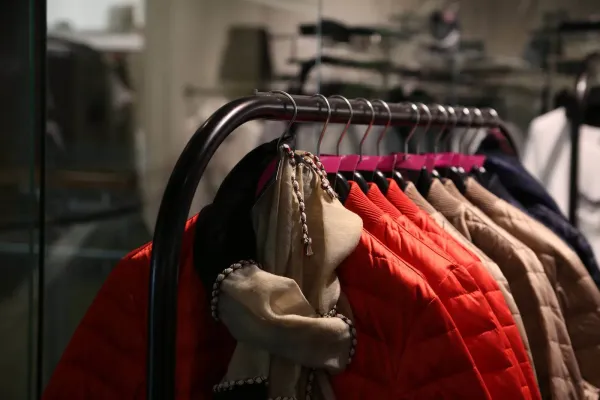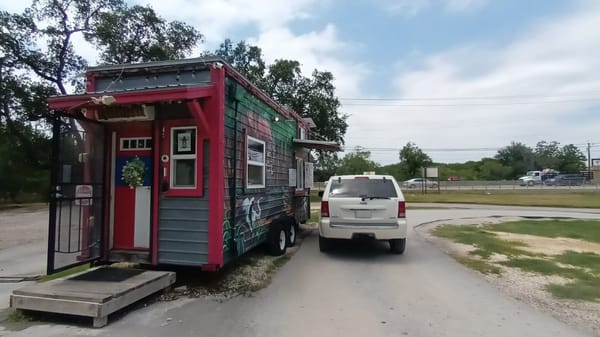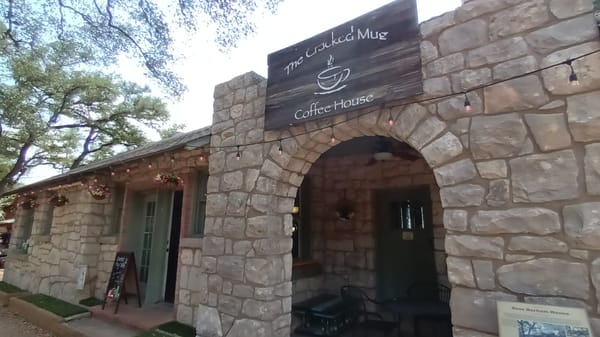The End of an Era: Showboat Drive-In Movie Theater's Final Curtain Call
In the end, while it wasn't financially sustainable to continue running the drive-in theater at its current location, the owners were able to sell the property for a cool $5,000,000+ based on records available online.
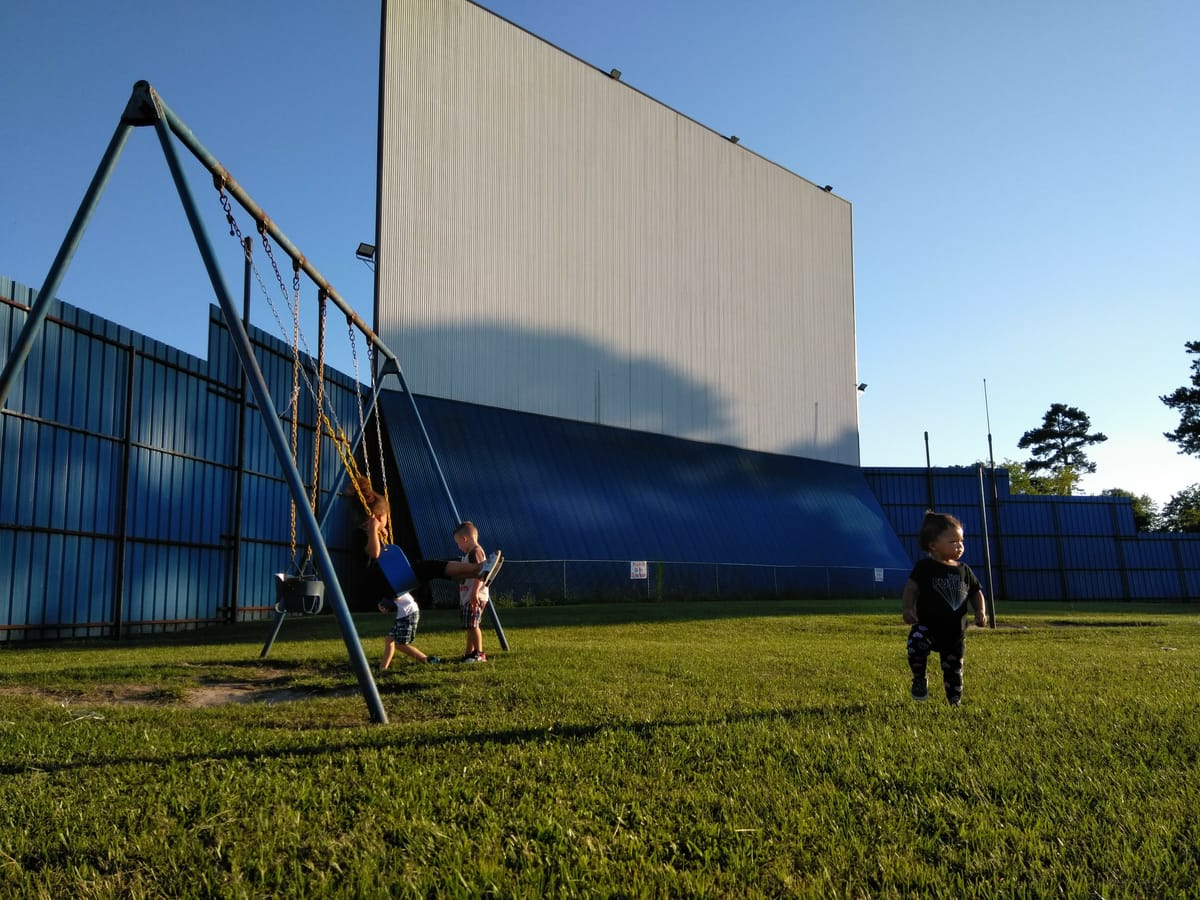
The Showboat Drive-In Movie Theater in Hockley, Texas, took its final bow on September 15, 2024, marking the end of a beloved 19-year run that captivated Houston-area moviegoers and families seeking an authentic movie experience under the stars. This iconic drive-in theater served as more than just entertainment—it was a cultural institution that brought together multiple generations of patrons for affordable date nights, family outings, and unforgettable memories.
Bottom Line: The closure of Houston's Showboat Drive-In represents a perfect storm of industry challenges including reduced film releases post-COVID, rising property costs, and urban development pressures that ultimately made continued operation unsustainable despite strong community support.
In the end, while it wasn't financially sustainable to continue running the drive-in theater at its current location, the owners were able to sell the property for a cool $5,000,000+ based on records available online. The sale of the property closed within just (2) two weeks after the final showing, and was bull-dozed down within the week to make way for development.
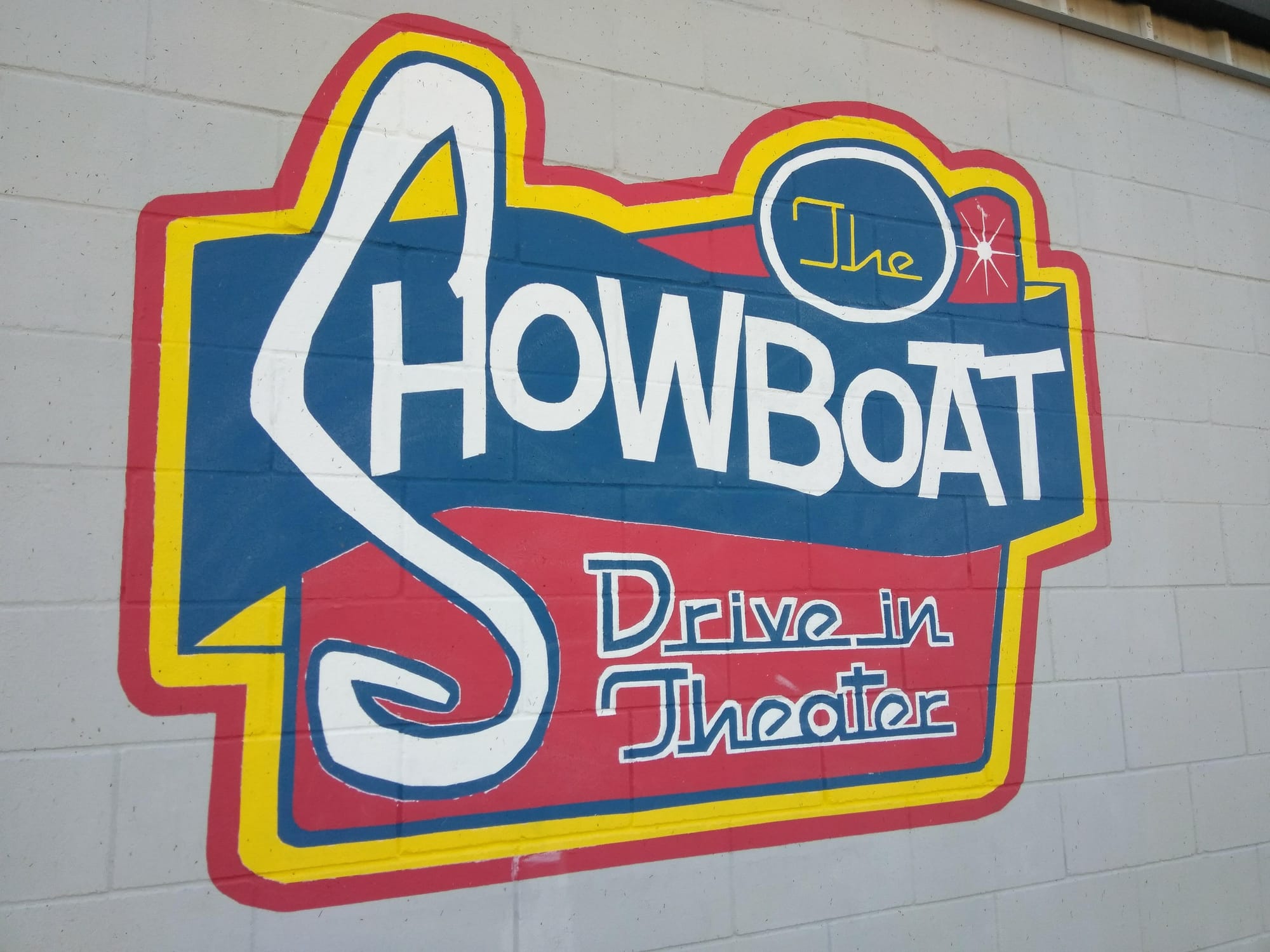
A Family Legacy Born from Nostalgia
The Showboat Drive story began on March 31, 2006, when Johnny and Chris Rumfolo transformed a simple hay field into a nostalgic entertainment destination. The family's connection to drive-in culture ran deep—Johnny's grandfather Walter Rumfolo had owned The Showboat Drive-In restaurant in Houston during the 1950s, creating a multi-generational bond with the Showboat name.
Owner Andrew Thomas, who later acquired the property, maintained the venue's family-friendly mission throughout its operation. The theater could accommodate up to 800 cars across two massive screens, with audio transmitted through FM radio frequencies (88.1 FM for screen one and 98.1 FM for screen two). This modern approach eliminated the need for traditional pole-mounted speakers while allowing visitors to enjoy films from the comfort of their vehicles.
The Showboat Drive-In was part of a broader Texas drive-in renaissance, joining other beloved venues like the best drive-in movie theaters in Austin and historic locations such as The Last Drive-In Movie Theater in Gatesville, which represents one of the oldest continuously operating drive-ins in the state.
The movie theater operated on a cash-only basis, charging just $5 per adult for a double feature film experience—a fraction of what traditional indoor theaters demanded. This pricing strategy made the venue particularly attractive to families and young couples seeking affordable entertainment options for their date night adventures.
The Golden Years: When Every Night Was Showtime
During its peak years, the Showboat Drive-In Movie Theater regularly sold out, creating traffic backups that extended for miles and required additional ticket sales booths to manage demand. The venue's appeal extended far beyond simple movie viewing—customers could bring pets, sit outside their vehicles, and enjoy refreshments from the concession stand in a relaxed outdoor setting that felt worlds away from traditional cinema experiences.
The theater's website became a destination for movie audiences seeking information about upcoming double features, showtimes, and special events. Patrons would visit the site to plan their evenings, checking which feature films would be showing on opposite sides of the weekend. The unique atmosphere attracted visitors from across the Houston metropolitan area, with many families making regular pilgrimages to the facility.
Thomas understood his customers' desires for authentic experiences in an increasingly digital world. The drive-in offered something that streaming services and multiplex cinemas couldn't replicate—a communal yet intimate experience where families could create lasting memories under the Texas sky.
The Perfect Storm: Industry Challenges Mount
The beginning of the end came with the COVID-19 pandemic, which dramatically reduced available film content from the typical 100-150 major releases annually to just 40 in 2020. This 40-50% reduction in available movies fundamentally undermined the drive-in theater's business model, which relied on regular rotation of new releases to attract repeat customers.
Owner Thomas explained that subsequent years averaged only 80 releases, forcing difficult programming decisions. The reduction in family-friendly content meant showing more R-rated material, contradicting the venue's traditional appeal to families with children. This shift disrupted the movie theater's core customer base and revenue model.
The Hollywood writers' strike further compounded content shortage problems by delaying production schedules and reducing the pipeline of new releases. These industry disruptions occurred precisely when theaters were struggling to recover from pandemic-related closures and reduced attendance.
Urban Development: When Progress Becomes the Enemy
The Showboat Drive-In originally thrived in its rural Hockley location, where darkness was essential for optimal viewing experiences. However, surrounding development gradually compromised this advantage. The construction of Always Market #10 gas station directly adjacent to one of the theater's screens introduced significant light pollution that degraded the movie experience.
The broader development of the Bauer Landing master-planned community in 2015 transformed the previously rural area into a suburban neighborhood, fundamentally altering the venue's character. What had once been a peaceful country setting with "lightning bugs and a paper map" became a bustling suburban area that detracted from the drive-in's nostalgic appeal.
Rising property taxes and the increasing value of the 32-acre property created financial pressures that made continued operation economically challenging. While the drive-in itself only utilized approximately 10 acres, maintaining the entire tract became prohibitive given reduced revenues. The property was ultimately listed for sale at $4,680,086 in 2022.
Impact on Performing Arts and Entertainment Culture
The closure represented more than just the loss of a business—it marked the end of an affordable, family-oriented entertainment option in an increasingly expensive landscape. Unlike Broadway musicals or Tony Award-winning productions in New York City, or even upscale venues like Rooftop Cinema Club experiences, the Showboat Drive offered accessible entertainment that didn't require targeted advertising or premium pricing.
The venue's democratic approach to entertainment stood in stark contrast to the exclusivity often associated with performing arts. There were no Best Actor or Best Actress celebrity appearances, no connection to 42nd Street theatrical productions, or ties to major studios like Universal Pictures. Instead, the Showboat Drive-In Movie Theater offered something more valuable—authentic community experiences.
During its final weekend, hundreds of patrons waited in quarter-mile-long lines to attend the last screenings of "Deadpool & Wolverine" and "Twisters." Many visitors shared personal memories spanning multiple generations, recounting Girl Scout trips and family outings from when the area was still largely undeveloped. As reported by the Houston Chronicle, the emotional scenes during the final weekend demonstrated just how deeply the theater had embedded itself into the community's heart.
Human Stories: More Than Just Employment
The closure had immediate effects on the theater's twelve employees, many of whom had worked at the venue for quite some time. The most notable case was Kendall Carty, who began working at the theater at age 16 and had risen to manage the facility over her decade-long tenure. Carty, who lived on-site, faced the dual challenge of finding new employment and securing alternative housing, describing the theater as "essentially my life."
For many employees, the Showboat Drive-In represented more than just a job—it was a connection to community and a way of life that emphasized personal relationships over corporate efficiency. Unlike the anonymous experience of working for major entertainment corporations, the drive-in fostered genuine connections between staff and customers.
Looking Forward: Phoenix from the Ashes
Despite the closure of the original location, owner Andrew Thomas has announced plans to continue the Showboat Drive-In concept at additional locations. The first planned new location is on the south side of Houston, where Thomas hopes to begin construction in 2025 with an opening target of spring 2026. A second location in the Waller area is planned for 2027, as detailed in coverage by Hoodline.
These additional locations are intended to be situated "further away from the hustle and bustle of the rapidly developing area" that compromised the original venue. Thomas has learned from the challenges that led to the original closure and aims to select sites that will preserve the essential elements of the drive-in experience—darkness, accessibility, and community atmosphere.
The website and ticket sales infrastructure developed for the original location will likely serve as the foundation for the new venues. Thomas understands that moviegoers seek authentic experiences that can't be replicated through streaming services or traditional theaters.
Lessons from the Stage: What the Closure Reveals
The Showboat Drive-In Movie Theater closure serves as a case study in how external pressures can overwhelm even culturally significant and profitable entertainment enterprises. Unlike musicals that can tour different venues or actors who can find new stage opportunities, drive-in theaters are inherently tied to their physical locations and vulnerable to development pressures.
The venue's democratic approach to entertainment—where families could arrive in any vehicle, order refreshments from the concession stand, and enjoy double features without premium pricing—represented an increasingly rare model in modern entertainment. While venues like Sawyer Yards or specialized cinema experiences might cater to niche audiences, the Showboat Drive served everyone.
The theater's legacy extends beyond its operational years to represent a broader cultural phenomenon of community gathering spaces. Former owner Joe Rumfolo reflected on the venue's transformation from a simple hay field to a "beloved community treasure" that generated such popularity it regularly caused traffic disruptions.
The Final Frame: A Cultural Institution's End and New Beginning
The Showboat Drive-In Movie Theater story represents both an ending and a transition, reflecting the ongoing evolution of entertainment consumption in American suburban communities. The original property was sold and demolished on September 28, 2024, just two weeks after the final screening, underscoring the development pressure that had contributed to the theater's closure.
While the immediate causes included the COVID-19 pandemic's impact on film distribution and the Hollywood writers' strike, the underlying factors of rising property costs and urban encroachment suggest broader challenges facing traditional entertainment venues in rapidly developing metropolitan areas. The theater's 19-year operation demonstrated both the enduring appeal of drive-in entertainment and the vulnerability of such venues to external pressures beyond their control.
The community's enthusiastic response to the closure announcement and the massive turnout for final screenings underscore the continued demand for affordable, family-oriented entertainment options. As Thomas prepares to rebuild the Showboat experience in new locations, the original theater's closure stands as a reminder of the fragility of cultural institutions in the face of economic and developmental forces.
The Bottom Line: Despite facing insurmountable challenges at its original location, the Showboat Drive-In concept lives on through owner Andrew Thomas's commitment to recreating the magic at additional locations across the Houston area, proving that some cultural institutions are too valuable to let fade to black permanently.


